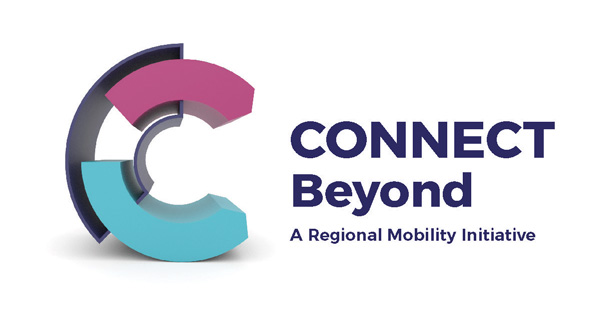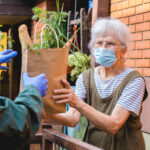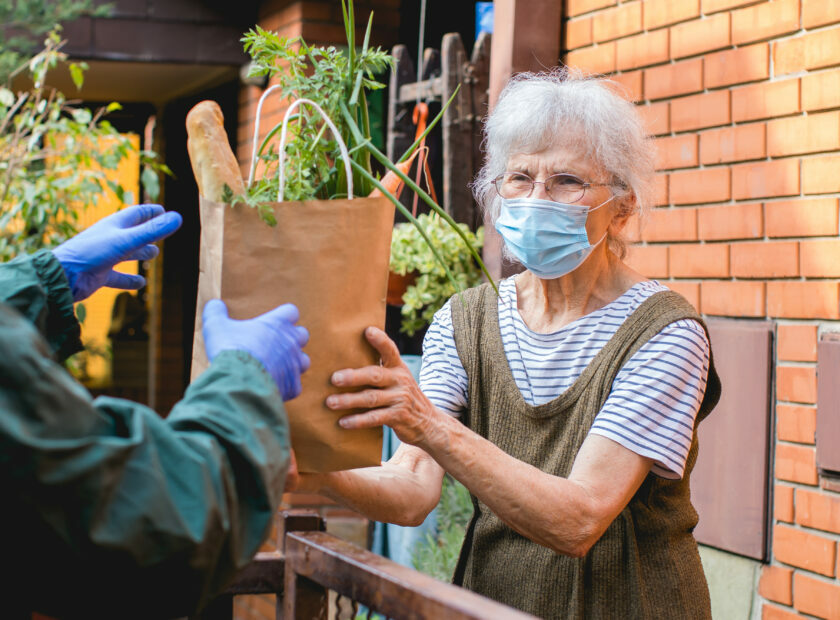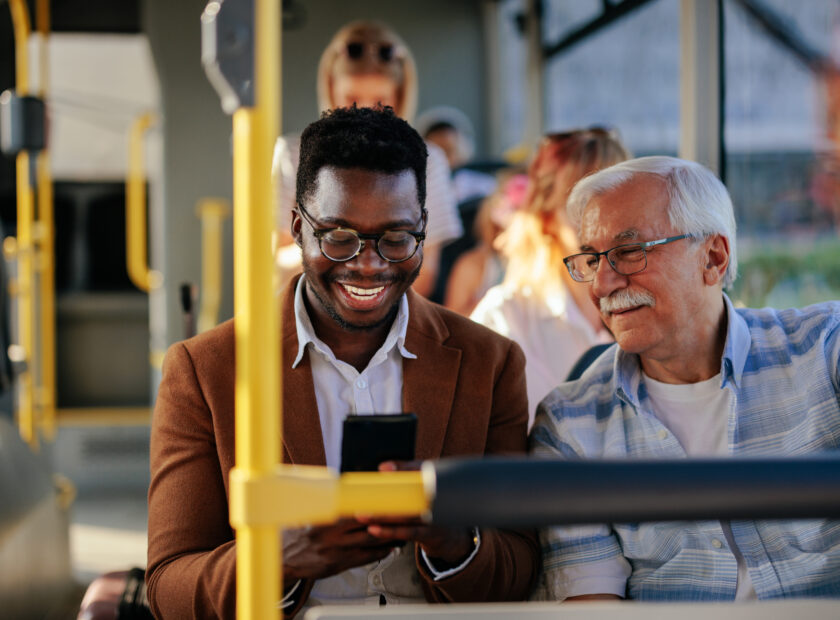INTRODUCTION
The COVID-19 crisis has shown how crucial public transportation is to guarantee access and continuity of basic services. During the pandemic, the public transportation supply has been critical to ensuring the mobility of essential front-line workers. With the upturn in economic activity, the demand for mobility is growing. Public transportation agencies are adapting their networks and services, increasing operational capacity, investing in new technologies to provide real time information to customers and enforcing safety measures.
But what can we learn during this unprecedented time that will help us to create a more connected, complete mobility system in the future?
PUBLIC TRANSPORTATION IS ADAPTABLE
Since the beginning of the crisis, public transportation agencies have been addressing the issue very seriously by adapting the transportation supply, reinforcing cleaning and disinfection procedures and supplying protective equipment to their staff and to passengers. They have also adjusted routes and vehicles deployed and used technology to enable contactless payment, all while increasing communications with staff and customers.
The Charlotte Area Transit System (CATS) recognized the change in ridership away from peak periods and towards all day service for essential employees.
By operating modified service, CATS is able to continue providing the community access to essential daily needs, front-line jobs and medical services.” – Charlotte Area Transit System
Gastonia Transit and Rider Transit offered free fares to riders as a way to maintain safe and accessible service to those that need transit services the most.
The city acknowledges the significant economic and social issues resulting from the health crisis. We know some residents depend on city transit to get to essential jobs or to medical appointments.” – The City of Gastonia
The adaptability of transit planning and operational teams during the pandemic has demonstrated a core commitment to passengers and public service and these unique experiences have prepared these agencies for a potential second wave of the virus and subsequent policy changes that would affect their systems.
WHAT CAN WE LEARN?
What can we learn from the COVID-19 pandemic to make our communities stronger and better connected?
- Transit agencies have been required to prioritize their people-centered approach to services during the pandemic, focusing not only on safety, but also on specific needs of front-line workers, those that heal, create, make and support our local economies. These current responses to optimize and adapt transit services through technology, right-sizing fleets and adjusting frequency and routes will positively influence the future of smart travel.
- Public transportation and active mobility will play a key role in rebuilding local economies. Now is the time to develop visionary solutions and strengthen policy-making that fosters inclusive, sustainable and resilient transportation choices.
- Employers and a large portion of the workforce have tested the system and found that telework is possible, efficient and even profitable. As employers make decisions about the nature of when, how and where work is completed, demands on the transportation system will change. Transportation demand management plays a key role in decongesting the peak travel times and squeezing out additional capacity from existing transportation investments. This is a great time for communities and employers to collaborate and realign strategies affecting the short and, especially, long-term impacts of the current crisis on the demand side of mobility.
- Efficient mobility systems, based on public transportation as their backbone, offer health benefits and provide access to education, jobs, markets and a range of other essential services to ensure that no one and no place is left behind. The math is simple: More people reaching more employment, educational opportunities and businesses more easily results in greater access for all. This equity provided by public transportation enables inclusion and opportunity.
- The desire for safe, multi-modal streets, greenways and accessible parks has never been more relevant. The pandemic provided new occasions and encouragement for people to walk, bike and access local recreational opportunities. Communities should capitalize on this push from their residents for transportation choices and quality of life amenities, building a complete mobility system from regional transit connections to local sidewalks.
Fortunately, our region is already on the path to success. Spearheaded by Centralina Regional Council and the Charlotte Area Transit System, the CONNECT Beyond initiative will identify high capacity transit corridors that can support light rail, bus rapid transit, express bus or commuter rail and find opportunities for integrated local bus service, rural connections and mobility hubs where walking, biking, transit and shared mobility come together.
With direction from local elected, business and government leadership, the policy advisory, community advisory and technical advisory committees will build on what we have learned through the pandemic, anticipating new travel patterns, new transportation technologies and customer needs.
Strategies identified will be carried through by project partners including two state departments of transportation and area metropolitan planning organizations, focused on outcomes that support improved mobility and access, regionally coordinated transit investments and operations and the advancement of equitable community-driven improvements.
To find out more about CONNECT Beyond and upcoming engagement opportunities, visit www.CONNECT-Beyond.com.
Written by: Michelle Nance





